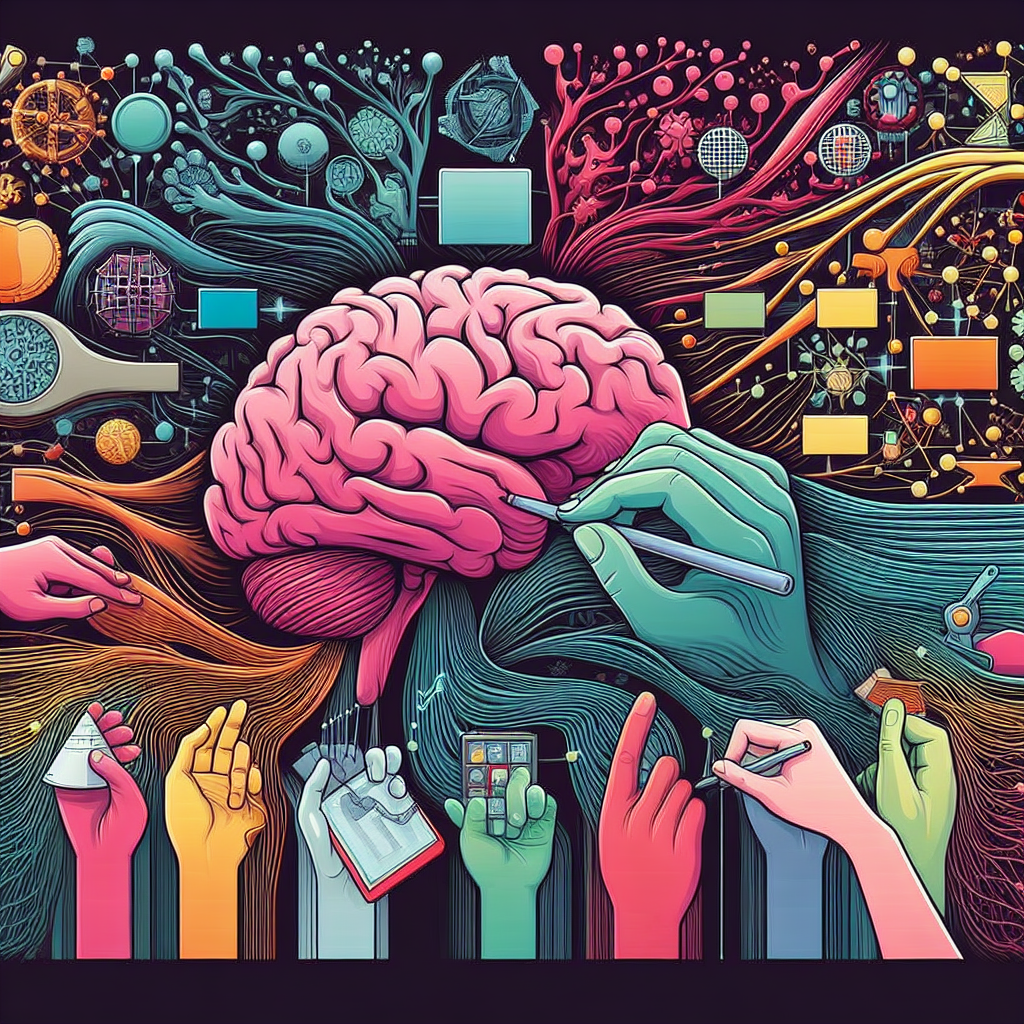Unveiling Neural Networks: A Comprehensive Guide from Layers to Applications
 K Ahamed
K Ahamed
Neural networks, the cornerstone of artificial intelligence, operate as interconnected systems inspired by the human brain. Let's delve into the key components of neural networks, understand their roles, challenges, and explore their wide-ranging applications.
Layers: The Architecture of Intelligence
A neural network comprises layers that organize and process information. These layers are categorized into:
Input Layer: The initial layer that receives the input data or features. Each node in this layer represents a feature.
Hidden Layers: Intermediate layers between the input and output layers. Neurons in hidden layers process input data through weighted connections.
Output Layer: The final layer that produces the network's output or prediction. The number of nodes in this layer corresponds to the desired output.
Neurons: The Decision-Makers
Neurons, also known as perceptrons, are the fundamental units of a neural network. Each neuron performs a weighted sum of its inputs, adds a bias, and passes the result through an activation function.
Weight: Represents the strength of the connection between neurons. Adjusting weights during training influences the network's learning.
Bias: An additional term allowing neurons to produce different outputs even when inputs are zero.
Activation Functions: Adding Non-Linearity
Activation functions introduce non-linearity to the neural network, enabling it to learn complex relationships. Common activation functions include:
Sigmoid: S-shaped curve, suitable for binary classification problems. It squashes values to a range between 0 and 1.
ReLU (Rectified Linear Unit): Outputs the input directly if positive, and zero otherwise. It is widely used in hidden layers due to its simplicity and effectiveness.
Tanh: Similar to the sigmoid but with values between -1 and 1. It helps mitigate the vanishing gradient problem.
Types of Neural Networks: Tailoring for Specific Tasks
Neural networks come in various types, each designed for specific applications:
Feedforward Neural Networks (FNN): Information flows in one direction, from the input to the output layer. Commonly used for basic classification tasks.
Convolutional Neural Networks (CNN): Specialized for image recognition, using convolutional layers to capture hierarchical features.
Recurrent Neural Networks (RNN): Suited for sequential data, such as time series or natural language processing, by introducing loops for information persistence.
Challenges in Neural Networks: Navigating the Complexity
Overfitting: A common challenge where the model performs well on training data but poorly on new, unseen data. Regularization techniques, like dropout and weight decay, help mitigate overfitting.
Vanishing Gradient Problem: During training, gradients may become extremely small, hindering weight updates. This can be addressed by using activation functions like ReLU or advanced architectures like LSTMs (Long Short-Term Memory).
Applications: Transforming Industries
Neural networks have revolutionized various domains:
Image and Speech Recognition: CNNs excel at identifying patterns and objects in images, while speech recognition systems utilize recurrent neural networks.
Natural Language Processing (NLP): RNNs and transformer models like BERT have propelled advancements in language understanding and translation.
Healthcare Diagnostics: Neural networks contribute to disease detection, medical image analysis, and personalized treatment recommendations.
Autonomous Vehicles: CNNs process visual data for tasks like object detection and navigation in self-driving cars.
Embracing the Power of Neural Networks
Understanding the intricacies of neural networks empowers beginners to navigate the world of artificial intelligence. As we demystify layers, neurons, activation functions, types, and challenges, it becomes clear that neural networks are not just mathematical constructs but powerful tools shaping the future. Their applications span industries, driving innovation and transforming how we interact with technology. As you embark on your journey, remember that each concept unfolds new possibilities, and the adventure into neural networks is both exciting and rewarding.
Subscribe to my newsletter
Read articles from K Ahamed directly inside your inbox. Subscribe to the newsletter, and don't miss out.
Written by

K Ahamed
K Ahamed
A skilled construction professional specializing in MEP projects. Armed with a Master's degree in Data Science, seamlessly combines hands-on expertise in construction with a passion for Python, NLP, Deep Learning, and Data Visualization. While currently at a basic level, dedicated to enhancing data skills, envisioning a future where insights derived from data reshape the landscape of construction practices. With a forward-thinking mindset, building structures but also shaping the future at the intersection of construction and data.